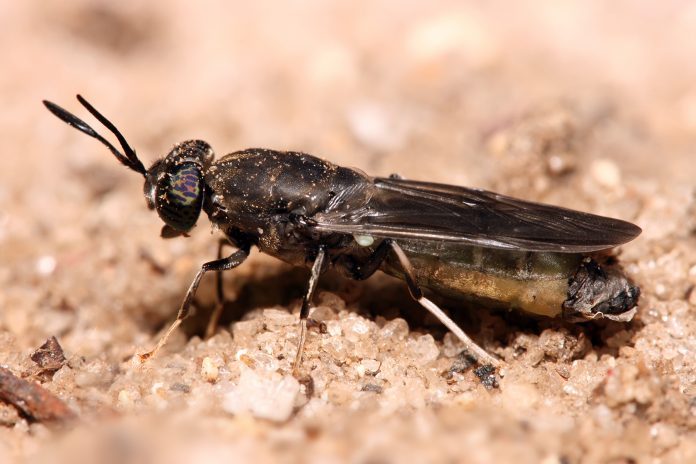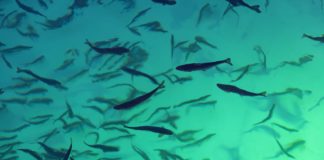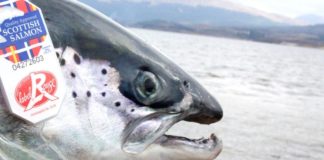Soy makes up for 90% of livestock feed and salmon feed contains about 25 percent soy protein. The Food and Agriculture Organization of the United Nations (FAO) predicts that soybean production will double by 2050 with huge consequences for the ecosystem. It’s time to look at alternatives.
“I saw a maggot on the end of the fishing line, and something clicked in me? Why not make flies.”
Could this have been the eureka moment Jason Drew – the founder and director of AgriProtein – had before creating the world’s largest fly farm? It certainly helped. Hailing from Yorkshire, UK, the serial entrepreneur and environmentalist was concerned on how we are going to feed 9 billion people in a world short in protein but which still was throwing away precious nutrients.

“I was in a slaughter house – and saw that workers were putting guts in a hole in the ground, which was surrounded by flies. That got me wondering – can do a good thing with waste?” said Jason Drew talking to SalmonBusiness.
It started in Cape Town, South Africa, but now with it’s global headquarters in the UK, the company makes feed made from fly larvae which are harvested from organic waste, such as food leftovers and restaurants. The flies lay their eggs in cages, and these eggs are collected and rapidly turn into larvae, eating waste as they grow. A sustainable, natural source of protein which at the same time, helps to eliminate waste.
The plant houses more than 8 billion flies and could produce up to 22 tonnes of larvae every day.
“We use the black soldier fly, because it’s not a disease spreading fly like the common house fly. Black soldier larvae consume all the nutrients and the adults don’t feed on anything – they feed, mate, lay eggs, then die,” added AgriProtein resident entomologist and Executive Assistant, Ian John Banks.

“We have a large industrial scale factory site which produces kilograms of eggs per day – considering that each egg weighs around 0.000025 mg – 1 kg of hatched eggs could grow into 8 tonnes of larvae within a few weeks,” he added.
After a few days, before they become flies, the larvae are collected, washed, and processed into MagMeal and MagOil which are then sold onto farms. The company is also focusing on the aquafeed market, where demand is increasing year on year for farmed fish including salmon.
So what about the future – are you aiming to get this out to more salmon farms?
“Carrefour in France has been selling trout that was fed from our feed. People say that they can’t tell the difference between the taste of the fish fed with our feed and the regular one,” added Jason Drew. “We have trials in Chile and Europe but it’s still early days.”

Earlier this year the company got $105 million boost from investors hungry for the insect protein sector – the 18th largest farm tech deal on record.
So will flies be ready to take on top feed producers soon?
“It’s not cheaper and we are not trying to compete against the soy industry yet. Nutreco are interested in what we are doing and we are not a big enough industry. Yet,” the entrepreneur concluded.
With at least five new AgriProtein insect factories sites in construction around the world – each set to take in 250 tonnes of waste feedstock per day – it looks like fly feed might be about to spread its wings.









